Water Pressure and my Hot Water Heater.....
skyclad
6 years ago
Featured Answer
Sort by:Oldest
Comments (24)
User
6 years agoskyclad
6 years agoRelated Discussions
intermittent low pressure from new hot water heater
Comments (3)If I were going to guess, it would be that you got the two sides reversed. That is, you connected the cold to the outlet and the hot to the inlet. Most all the new WHs I see have a restriction valve in the inlet and outlet to make sure that hot water does not flow out the cold side....See MoreHot water heater pressure relief valve
Comments (3)The following was posted by Lazypup on a similar question: Both the ASTM (American Society of Testing & Materials) standards and the plumbing codes require that the sensing probe must be in the upper 6" of the water heater pressure vessel. Typically they are side mounted on gas water heaters while they are commonly top mounted on electric water heaters. Either position is fine providing the T&P valve sensing probe is extending into the upper 6" of the internal pressure vessel. Years ago water heaters did not have Temperature & Pressure Relief Valves. Instead they had "Pressure Blowout Plugs" which look like the freeze plugs in an automobile engine block. When T&P valves first became available water heaters only had two threaded ports, hot & Cold, so they would install a close nipple and Tee on the Hot water discharge line and place the T&P on the top of the TEE with a long probe that extended through the TEE and nipple and into the upper part of the tank. If your old water heater has a third threaded tap on the pressure vessl where the probe is extended directly into the water in the tank you may use a standard T&P valve. If the T&P is on top of a tee you must use an extended probe type valve. If you need an extended reach type look for a Watts 100XL. The XL on the model number identifies it as an extended length probe....See Moreno hot water!! pilot light on hot water heater won't stay lit??
Comments (3)What he said^^^^^^^,you must continue holding the button down for time stated next to button. If it still gos out,make sure the flame is touching tip of thermocouple. Thermocouple is a wire 3 times diamiter of a round tooth pick leading from near the button to piolet liight. If flame is touching,thermocouple has likly burnt out. Very common. It is inexpensive,available at most hardware stores and can be replaced by average home handyman....See MoreWater Pressure coming from both water lines inside water heater room
Comments (6)I have the water heater completely disconnected and hoses running from the pipes sticking out of the wall. The hoses run down into the washing machine. When I turn the main water line on water comes out both pipes at the same pressure. This has nothing to do with a water heater. Since the pipes are inside the wall I cannot check them for a crossover pipe. The last water heater was in 2012 and I don't remember having any problems with that tank type heater. In 2012 I added a tankless water heater and it never worked right. So I decided that I wanted to change back to a tank water heater. As a test and trying to remember which line coming out of the wall was the inlet, I put hoses on it and put them down in the washing machine and turn the water on to see which one produce the Water. Surprise, they both shooting water at the same high pressure. There is the problem....See MoreJake The Wonderdog
6 years agoskyclad
6 years agorandy427
6 years agoJake The Wonderdog
6 years agoskyclad
6 years agokudzu9
6 years agolast modified: 6 years agoJake The Wonderdog
6 years agolast modified: 6 years agokudzu9
6 years agoskyclad
6 years agoJake The Wonderdog
6 years agolast modified: 6 years agoJake The Wonderdog
6 years agoklem1
6 years agoskyclad
6 years agoJake The Wonderdog
6 years agoskyclad
6 years agoJake The Wonderdog
6 years agokudzu9
6 years agoskyclad
6 years agoJake The Wonderdog
6 years agokudzu9
6 years agolast modified: 6 years agoklem1
6 years ago
Related Stories

GREAT HOME PROJECTSHow to Add a Solar Water Heater
Lower energy bills without a major renovation by putting the sun to work heating your home’s water
Full Story
GREAT HOME PROJECTSHow to Switch to a Tankless Water Heater
New project for a new year: Swap your conventional heater for an energy-saving model — and don’t be fooled by misinformation
Full Story
LIFEThe Top 5 Ways to Save Water at Home
Get on the fast track to preserving a valuable resource and saving money too with these smart, effective strategies
Full Story
BATHROOM DESIGNWater Damage Spawns a Space-Saving Bathroom Remodel
A game of inches saved this small New York City bathroom from becoming too cramped and limited
Full Story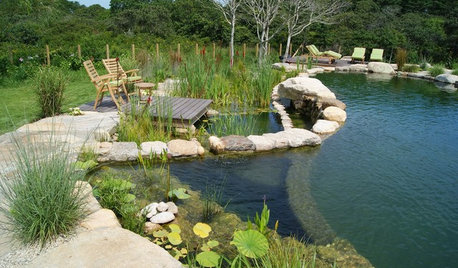
LANDSCAPE DESIGNSecrets of a Successful Water Garden
Relax. Having a water garden is much easier once you understand the basics
Full Story
SAVING WATER11 Ways to Save Water at Home
Whether you live in a drought-stricken area or just want to help preserve a precious resource, here are things you can do to use less water
Full Story
GREEN BUILDINGWater Sense for Big Savings
Keep dollars in your pocket and preserve a precious resource with these easy DIY strategies
Full Story
GREEN DECORATINGEasy Green: Big and Small Ways to Be More Water-Wise at Home
These 20 tips can help us all make the best use of a precious resource. How do you save water in summer?
Full Story
SAVING WATERXeriscape Gardens: How to Get a Beautiful Landscape With Less Water
Conserve water and make gardening much easier with the xeriscape approach’s 7 principles
Full Story
HEALTHY HOMEHow to Choose a Home Water Filtering System
Learn which water purification method is best for your house, from pitchers to whole-house setups
Full Story


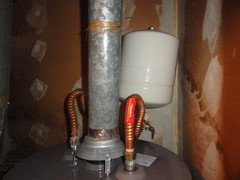
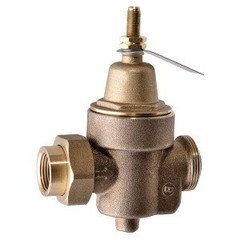
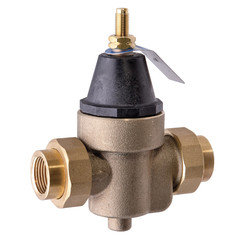
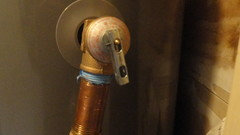
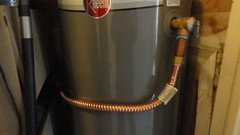


Jake The Wonderdog